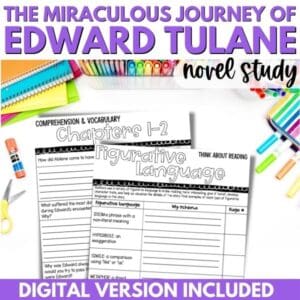In this blog post I’m dropping all my secrets for teaching character traits—those descriptive adjectives that bring storybook characters to life! Understanding character traits not only helps students connect with literature but also sharpens their analytical skills as they explore the personalities of their favorite protagonists and antagonists.
What Are Character Traits?
Character traits are like the personality traits of storybook characters. They’re the adjectives that describe how characters think, feel, and behave. We can uncover these traits through:
- Direct description by the author: When the writer explicitly tells us what a character is like.
- Character actions: The things characters do or say can reveal a lot about who they are.
- Other characters’ opinions: How other characters react to or talk about a character can offer clues to their traits.
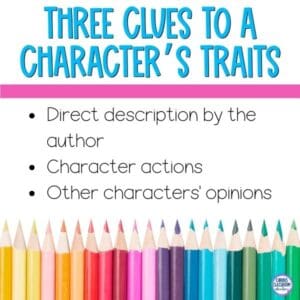
For example, consider Harry Potter. He’s courageous (he faces Voldemort bravely), loyal (he stands by his friends), and curious (he’s always seeking answers).
Activities for Teaching Character Traits:
- Character Trait Graphic Organizer: Start with a simple graphic organizer where students list character traits in one column and provide evidence from the text in another. This helps them practice identifying traits and supporting their ideas with textual evidence.
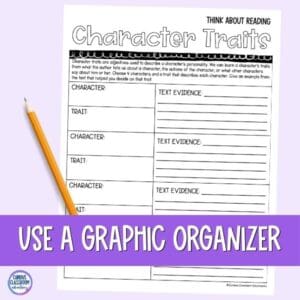
- Trait Sorting Game: Create cards with different character traits and examples from stories. Challenge students to match the traits with the characters who exhibit them. This activity for teaching character traits encourages discussion and critical thinking.
- Character Trait Trait-o-meter: Introduce a trait-o-meter scale from 1 to 5 for different traits like honesty, courage, kindness, etc. Have students place characters from stories on the scale based on their actions and words, discussing their reasoning with classmates. Grab this free download of 30 trait-o-meters!
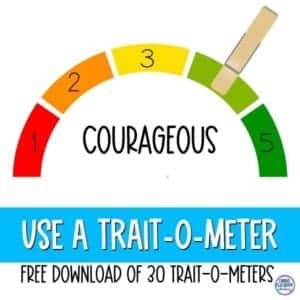
- Character Traits in Context: Use the chapter book your class is reading for a novel study. Assign students to identify the characters’ traits and gather evidence from the text to support their findings. This activity not only reinforces comprehension but also encourages close reading and sneaks in some practice analyzing text. Two novels with wonderfully complex characters are The Miraculous Journey of Edward Tulane by Kate DiCamillo and Restart by Gordon Korman.
- Character Trait Bubble Maps: Put a fun twist on learning by having students create a visual representation of a character from the book. Ask students to draw a picture of the character to be the center of the display, then add adjectives that describe the character in bubbles surrounding the character. To add depth to the activity make each of the adjectives a foldable flap and have students write evidence from the text underneath each flap.
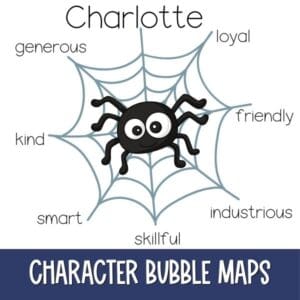
- Create a Character Profile: Tell students that they have been hired as detectives and need to create profiles of their suspects (aka the characters in the story). Ask students to create a detailed profile of a character from a story, including their physical attributes, motivations, and most importantly, their personality traits. This exercise encourages creativity and deeper understanding of character development and pairs perfectly with a good mystery story!
Why Teaching Character Traits Matters:
Teaching character traits goes beyond literature—it taps into empathy, critical thinking, and a might even build an appreciation for storytelling. By helping students identify and analyze traits, we equip them with valuable skills to navigate both fiction and real-life relationships.
So, there you have it! Six engaging activities to spark your students’ curiosity and understanding of character traits. Which activity for teaching character traits are you most excited to try? Share your thoughts and any other cool ideas you have in the comments below. Let’s inspire each other!


